Bài giảng Introduction to Computer Programming (C language) - Chapter 0: Introduction - Võ Thị Ngọc Châu
Content
Introduction
Course Objectives
Course Learning Outcomes
Course Content
References
Grading
Contact
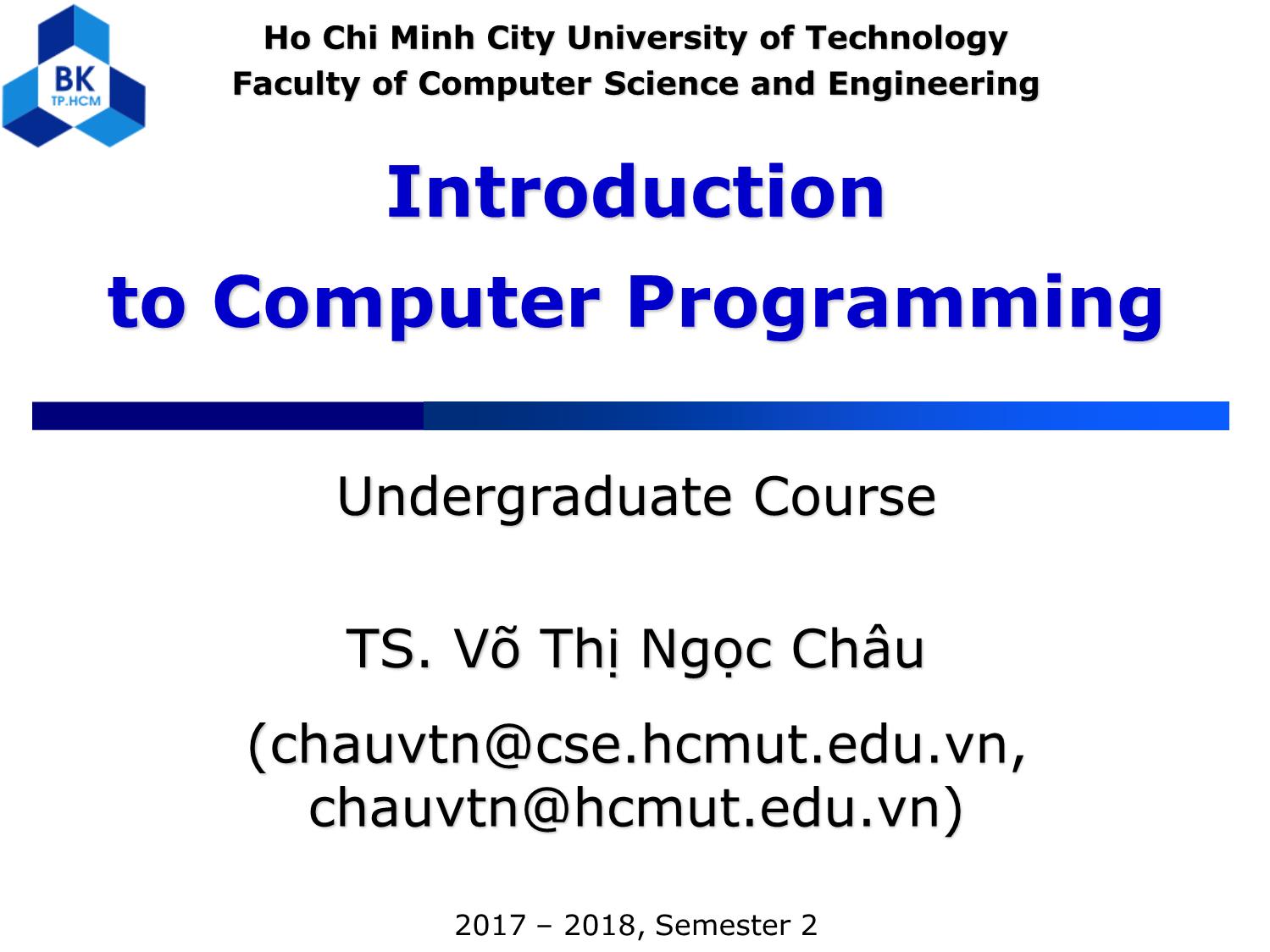
Trang 1
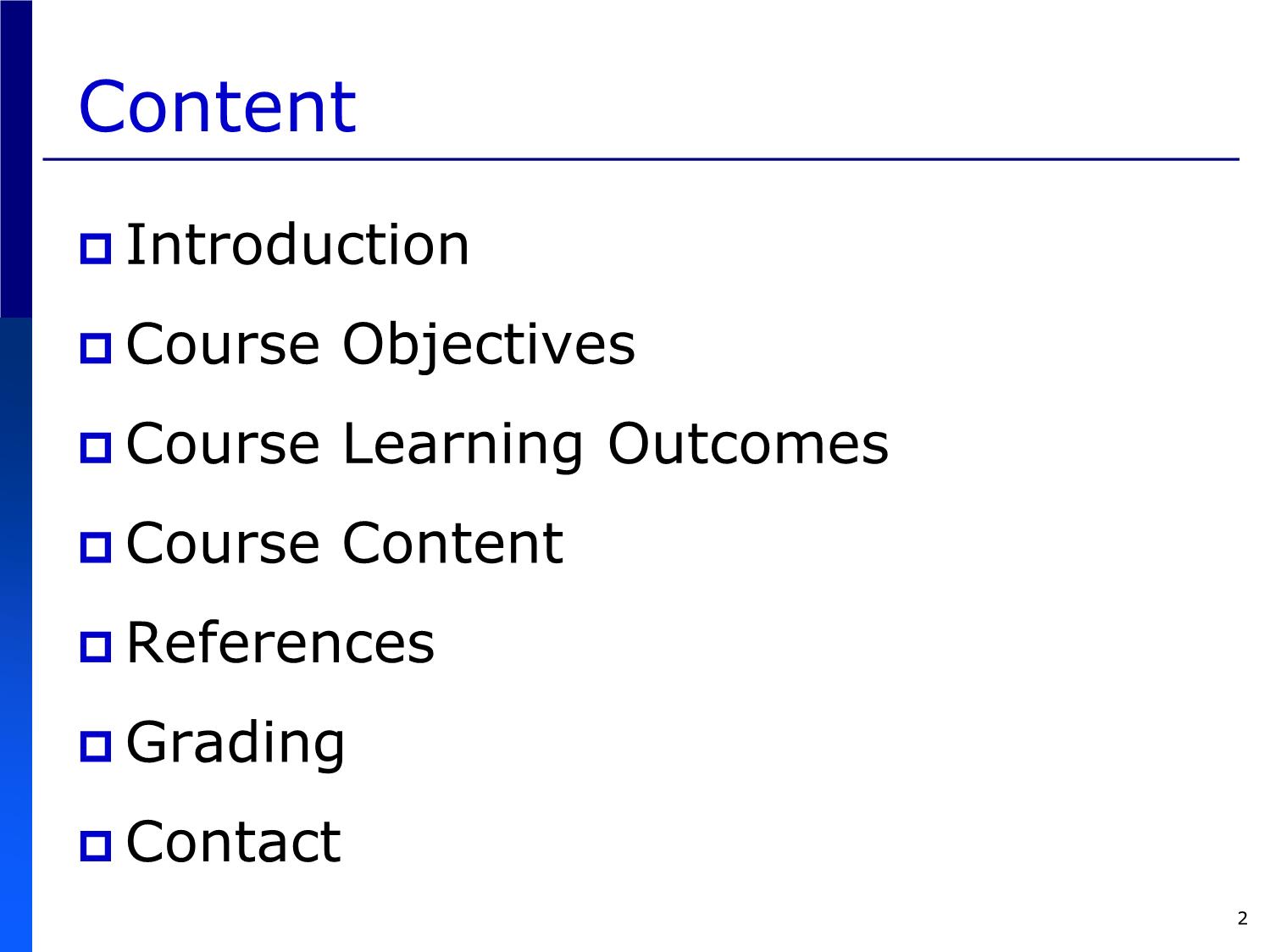
Trang 2
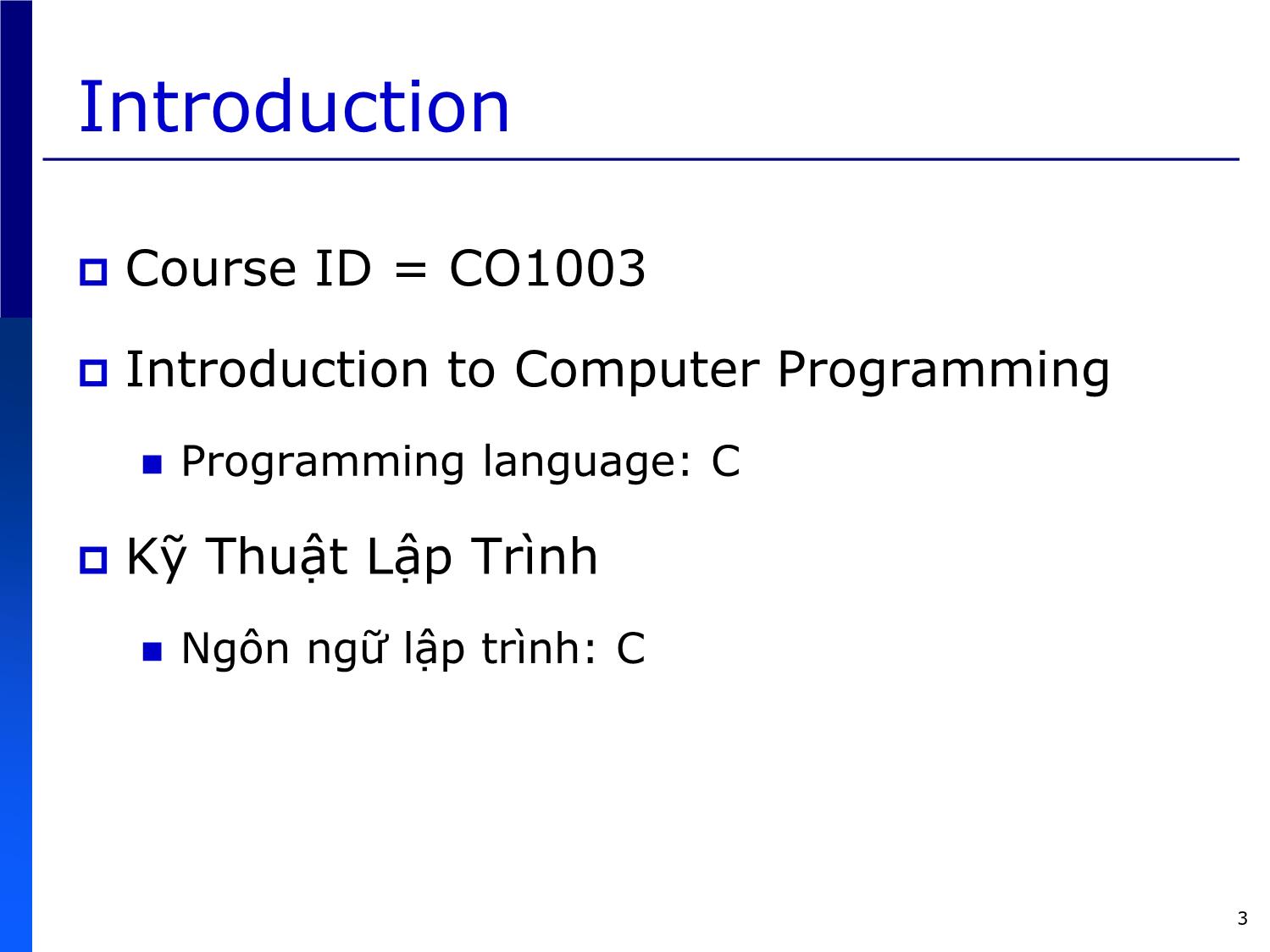
Trang 3
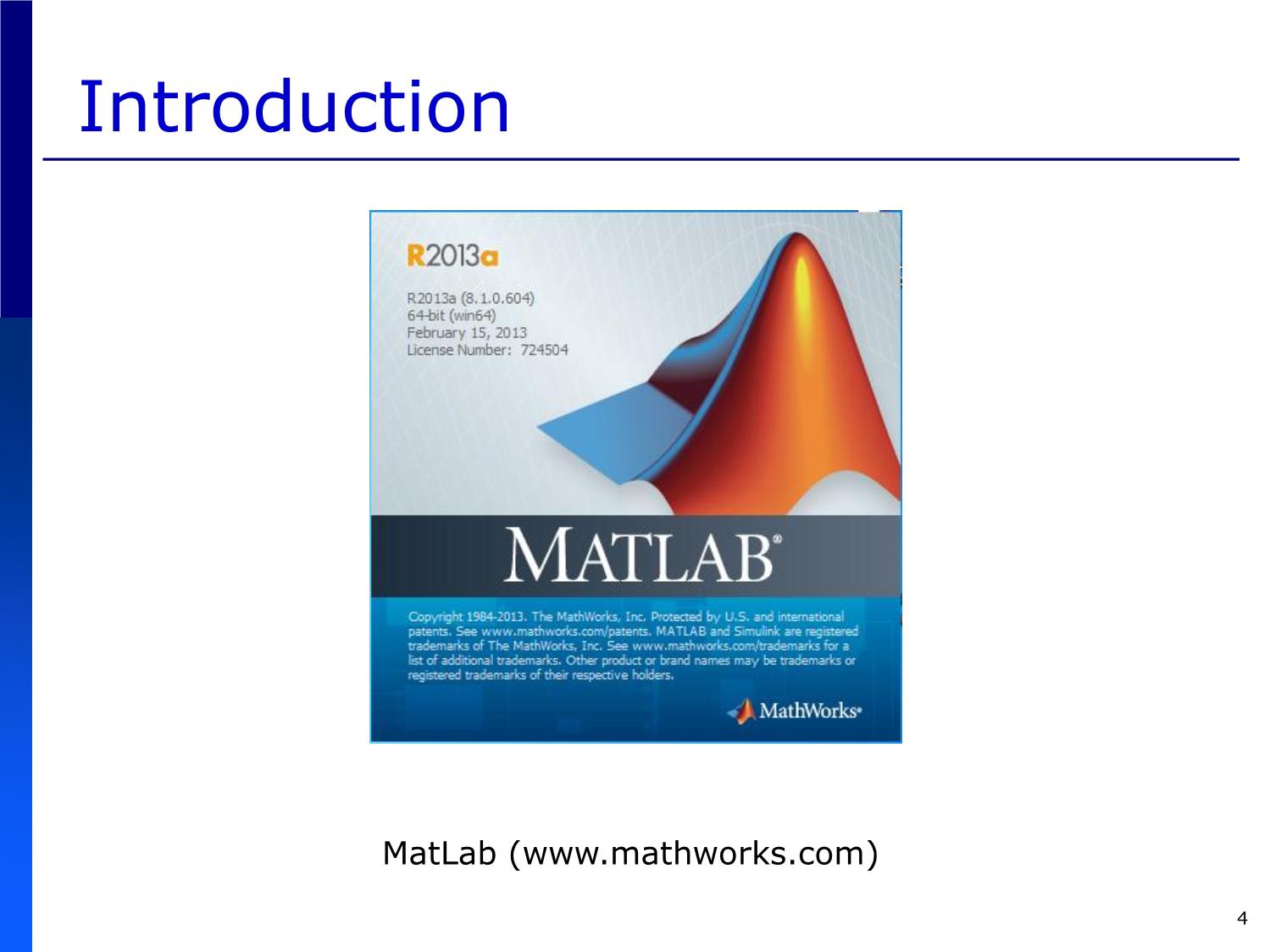
Trang 4
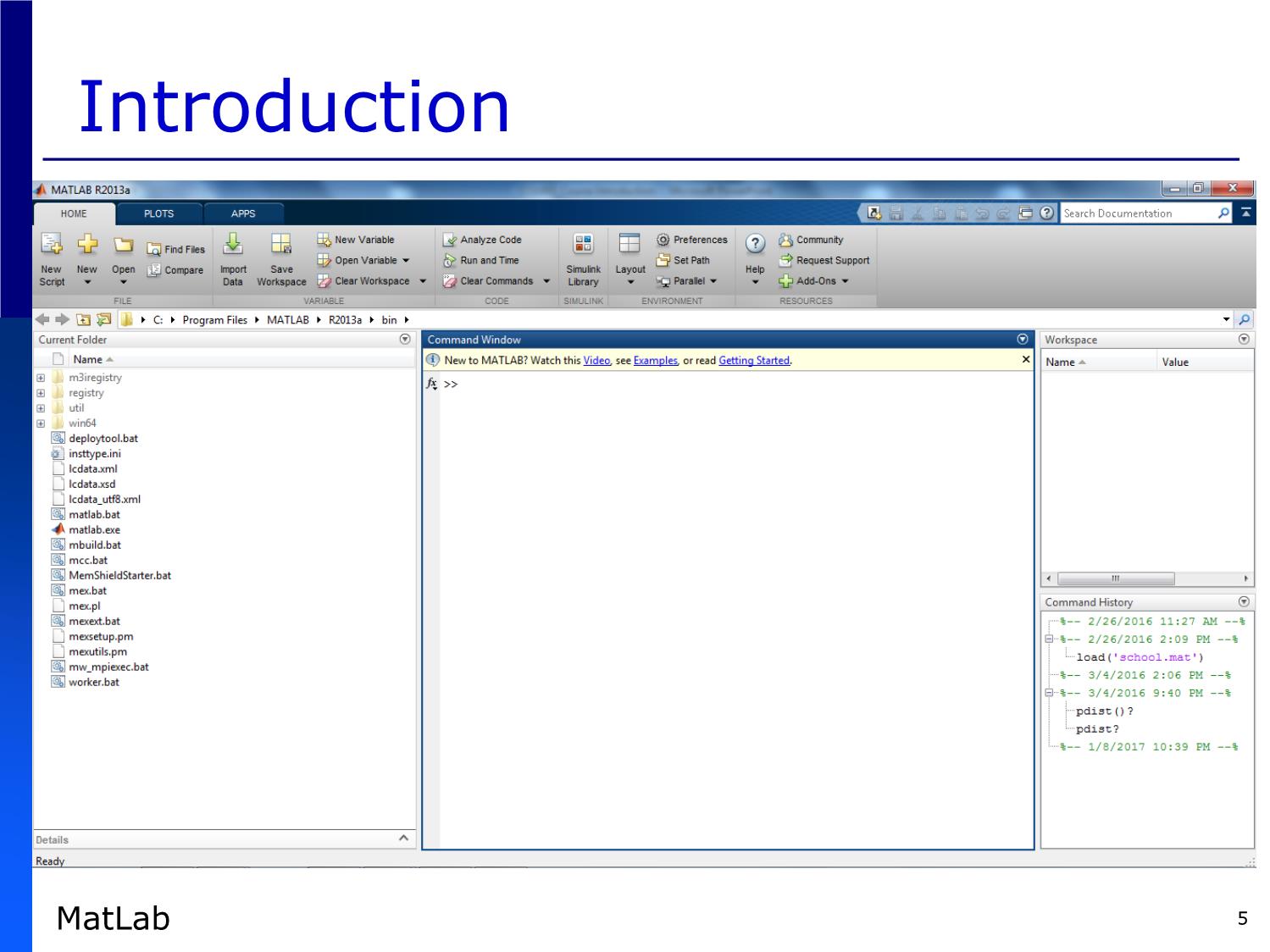
Trang 5
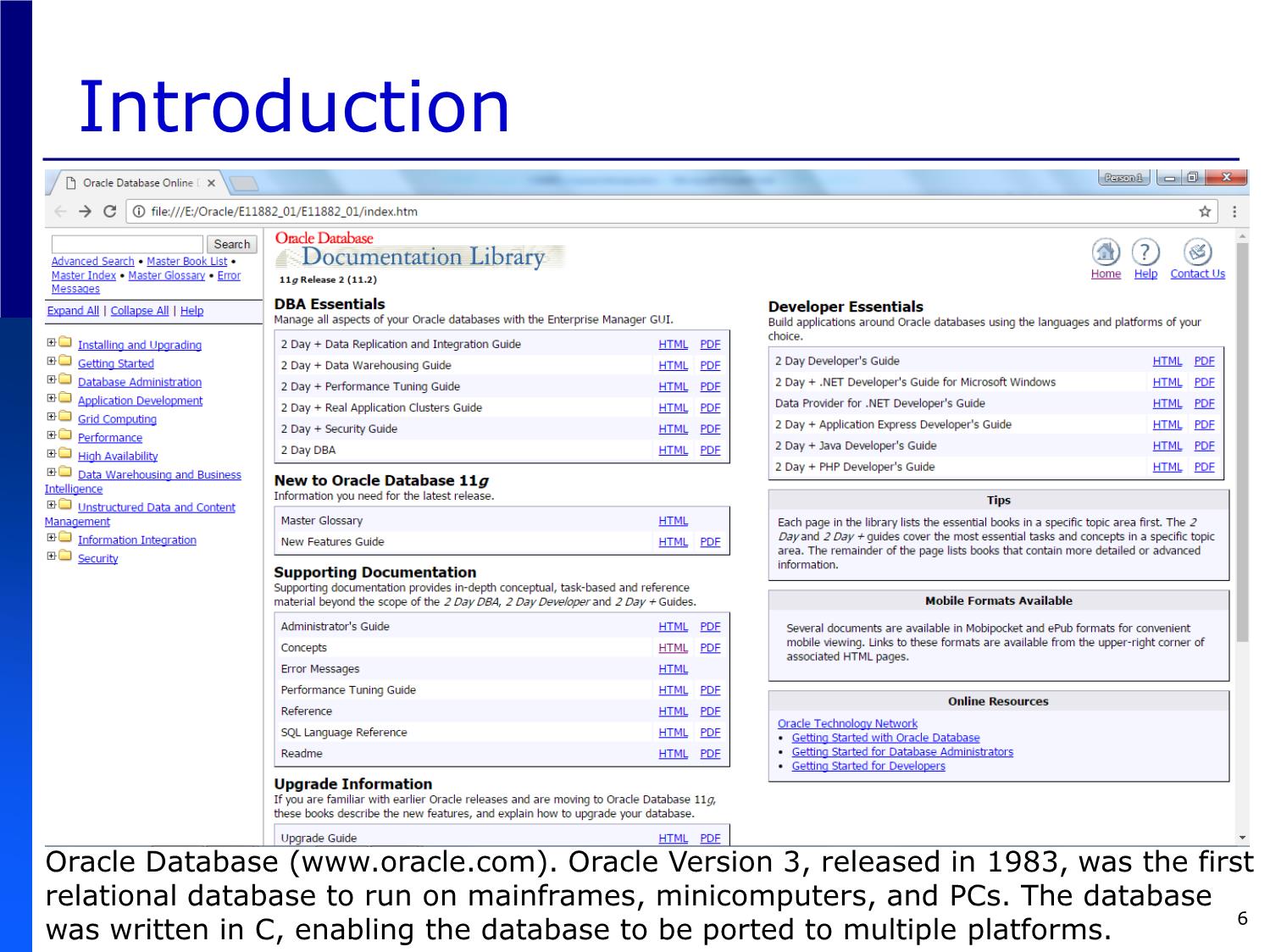
Trang 6
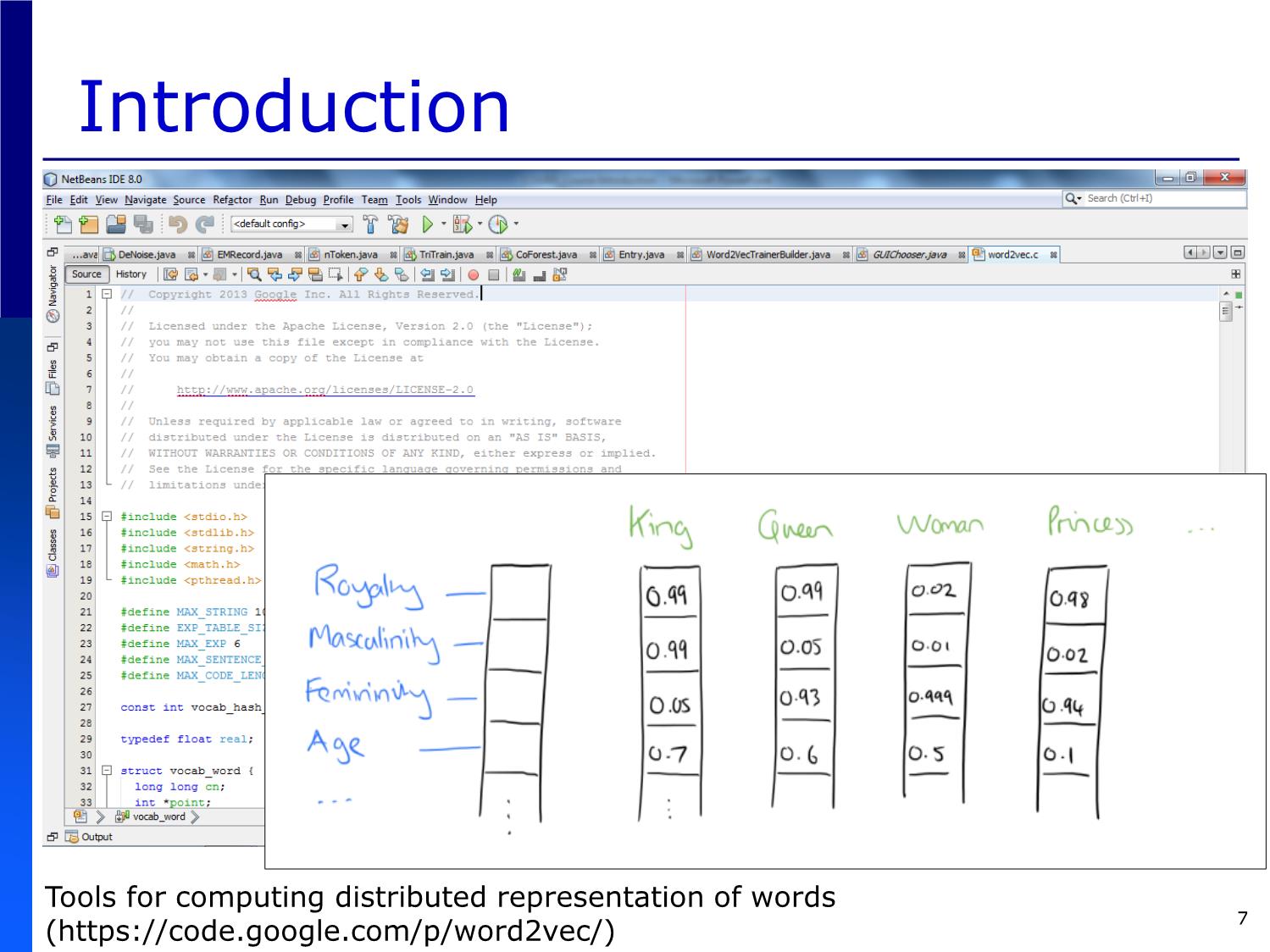
Trang 7
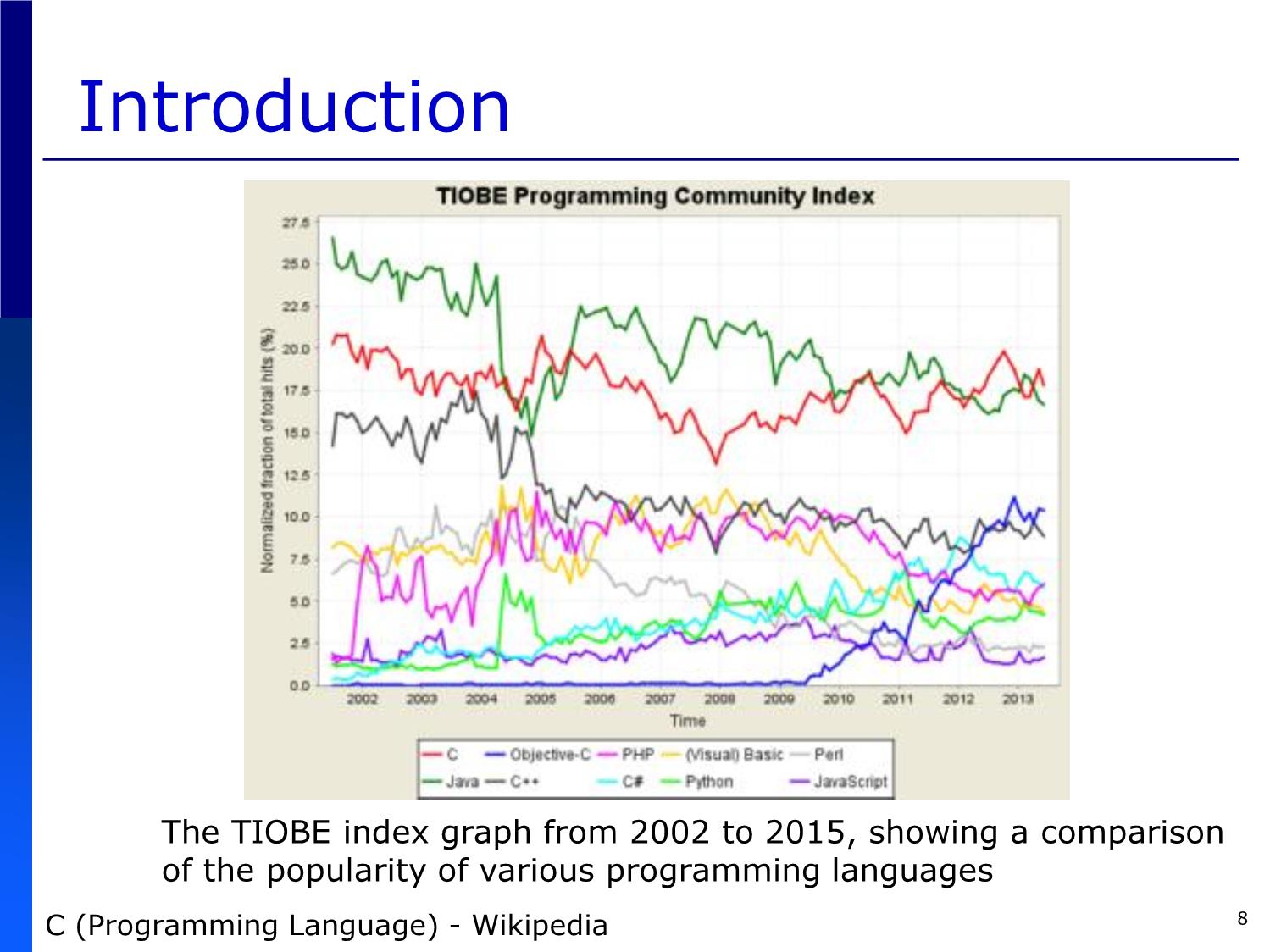
Trang 8
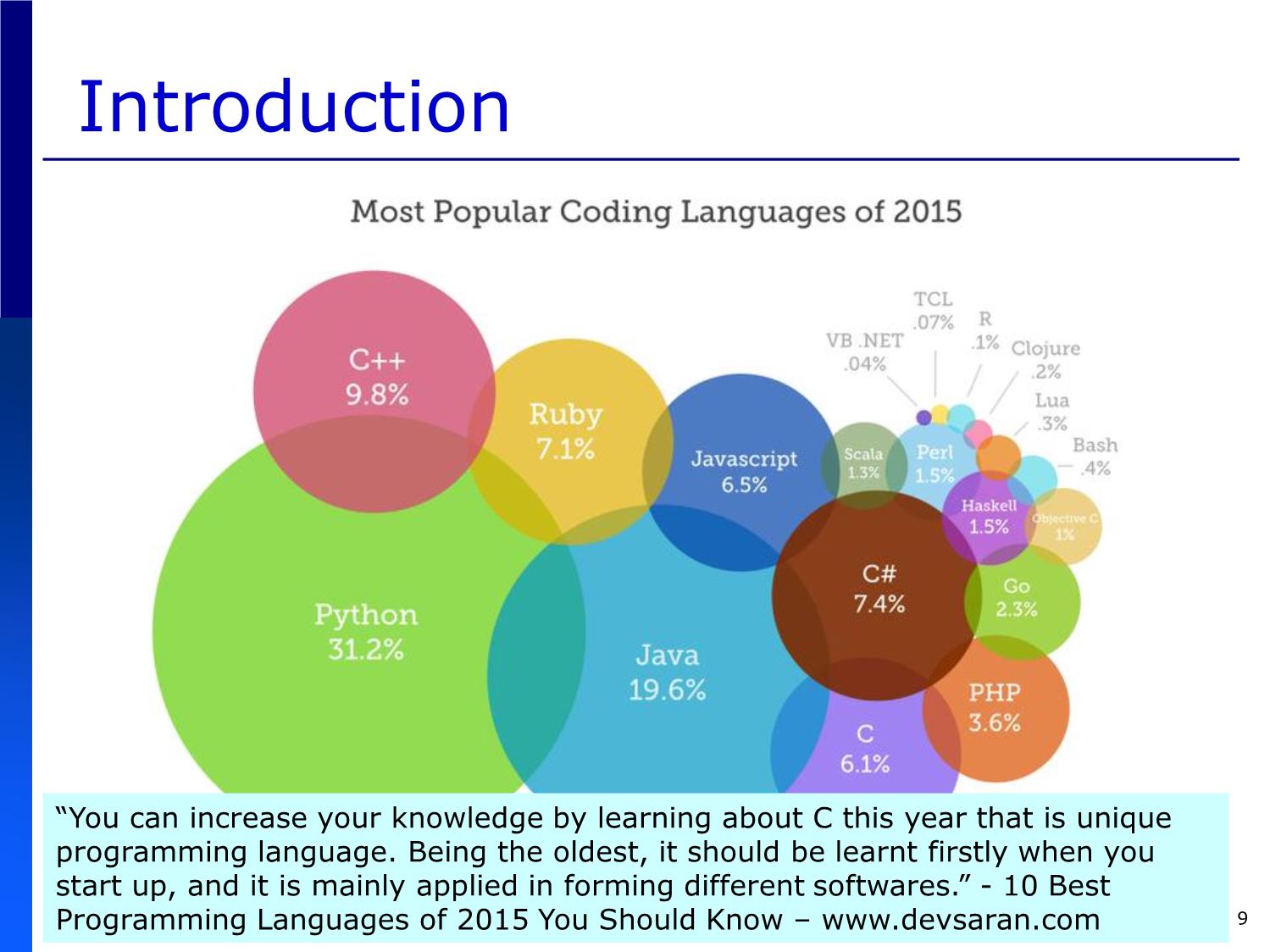
Trang 9
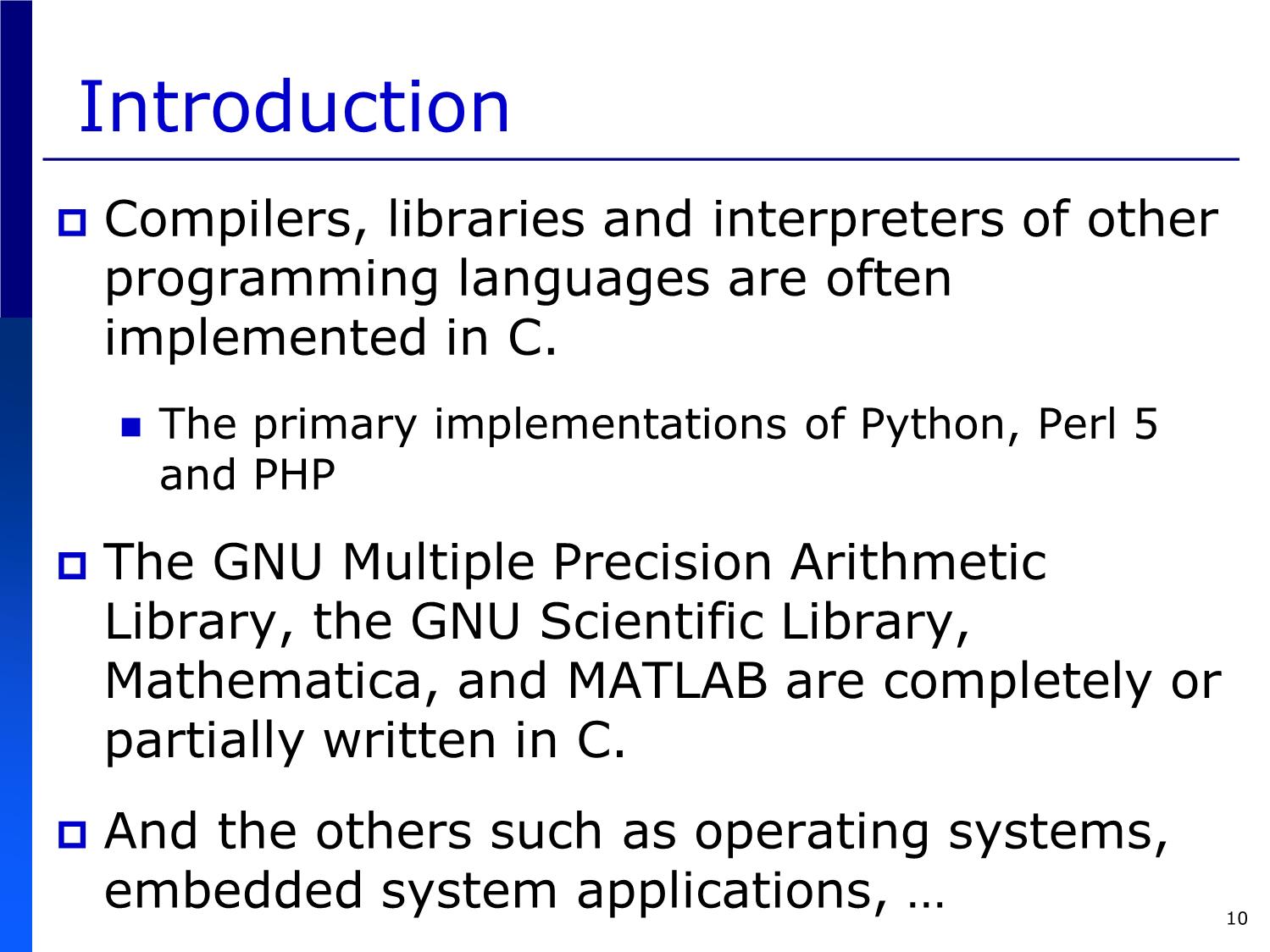
Trang 10
Tải về để xem bản đầy đủ
Bạn đang xem 10 trang mẫu của tài liệu "Bài giảng Introduction to Computer Programming (C language) - Chapter 0: Introduction - Võ Thị Ngọc Châu", để tải tài liệu gốc về máy hãy click vào nút Download ở trên
Tóm tắt nội dung tài liệu: Bài giảng Introduction to Computer Programming (C language) - Chapter 0: Introduction - Võ Thị Ngọc Châu
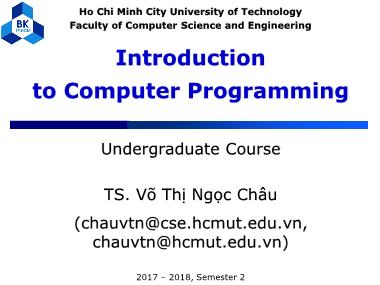
Ho Chi Minh City University of Technology Faculty of Computer Science and Engineering Introduction to Computer Programming Undergraduate Course TS. Võ Thị Ngọc Châu (chauvtn@cse.hcmut.edu.vn, chauvtn@hcmut.edu.vn) 2017 – 2018, Semester 2 Content Introduction Course Objectives Course Learning Outcomes Course Content References Grading Contact 2 Introduction Course ID = CO1003 Introduction to Computer Programming Programming language: C Kỹ Thuật Lập Trình Ngôn ngữ lập trình: C 3 Introduction MatLab (www.mathworks.com) 4 Introduction MatLab 5 Introduction Oracle Database (www.oracle.com). Oracle Version 3, released in 1983, was the first relational database to run on mainframes, minicomputers, and PCs. The database was written in C, enabling the database to be ported to multiple platforms. 6 Introduction Tools for computing distributed representation of words (https://code.google.com/p/word2vec/) 7 Introduction The TIOBE index graph from 2002 to 2015, showing a comparison of the popularity of various programming languages C (Programming Language) - Wikipedia 8 Introduction “You can increase your knowledge by learning about C this year that is unique programming language. Being the oldest, it should be learnt firstly when you start up, and it is mainly applied in forming different softwares.” - 10 Best Programming Languages of 2015 You Should Know – www.devsaran.com 9 Introduction Compilers, libraries and interpreters of other programming languages are often implemented in C. The primary implementations of Python, Perl 5 and PHP The GNU Multiple Precision Arithmetic Library, the GNU Scientific Library, Mathematica, and MATLAB are completely or partially written in C. And the others such as operating systems, embedded system applications, 10 Can we create wonderful programs using the C language? Why not?! YES 11 Course Objectives A comprehensive introductory course for the students who have no background in computer programming and thus, the course Provides the students with basic knowledge on computer and computer programming with C Helps the students practise programming skills for using C language 12 Course Learning Outcomes Upon completing the course successfully, the student is able to: Have comprehensive understanding about computer, computer programming, programming’s tasks, and a typical C program Use data types supported in C Describe and implement algorithms Organize large problems written in C Use array data type Use pointer data type Use file data type and other combination skills 13 Course Content C.1. Introduction to Computers and Programming C.2. C Program Structure and its Components C.3. Variables and Basic Data Types C.4. Selection Statements C.5. Repetition Statements C.6. Functions C.7. Arrays C.8. Pointers C.9. File Processing 14 Course Content – Timetable C.1. Introduction to Computers and Programming (p. 1) C.2. C Program Structure and its Components (p. 2-3) C.3. Variables and Basic Data Types (p. 4-8) C.4. Selection Statements (p. 9-10) C.5. Repetition Statements (p. 11-14) C.6. Functions (p. 15-18) C.7. Arrays (p. 19-22) C.8. Pointers (p. 23-28) C.9. File Processing (p. 29-30) 15 References [1] “C: How to Program”, 7th Ed. – Paul Deitel and Harvey Deitel, Prentice Hall, 2012. [2] “The C Programming Language”, 2nd Ed. – Brian W. Kernighan and Dennis M. Ritchie, Prentice Hall, 1988 and others, especially those on the Internet 16 References “C: How to Program”, 6th Ed. – Paul Deitel and Harvey Deitel, Prentice Hall, 2010. 17 Grading Practice: 30% Assignment: 30% Final Exam: 40% Pass if Practice*0.3 + Assignment*0.3 + Final Exam*0.4 ≥ 5.0 NOTE: if one component has a grade of less than 3 (grade<3), the final grade will be that grade regardless of the others. 18 Grading Practice: 30% Home Practices Final In-class Practice Assignment: 30% Group of 3-4 Students Informed in Practice Class Final Exam: 40% Individually Closed-book Exam in 90 minutes 24 Multiple-choice Questions + 3 Writing Questions 19 Grading Never copy from the others Never let the others copy from you Never be absent from class if not necessary Never be absent from practice Practice time less than 60% is not allowed! 20 Contact Dr. Vo Thi Ngoc Chau Email: chauvtn@cse.hcmut.edu.vn chauvtn@hcmut.edu.vn Office hours: Wednesday, 10:00-11:00 By appointment 21 CO1003: Introduction to Computer Programming 22
File đính kèm:
 bai_giang_introduction_to_computer_programming_c_language_ch.pdf
bai_giang_introduction_to_computer_programming_c_language_ch.pdf

